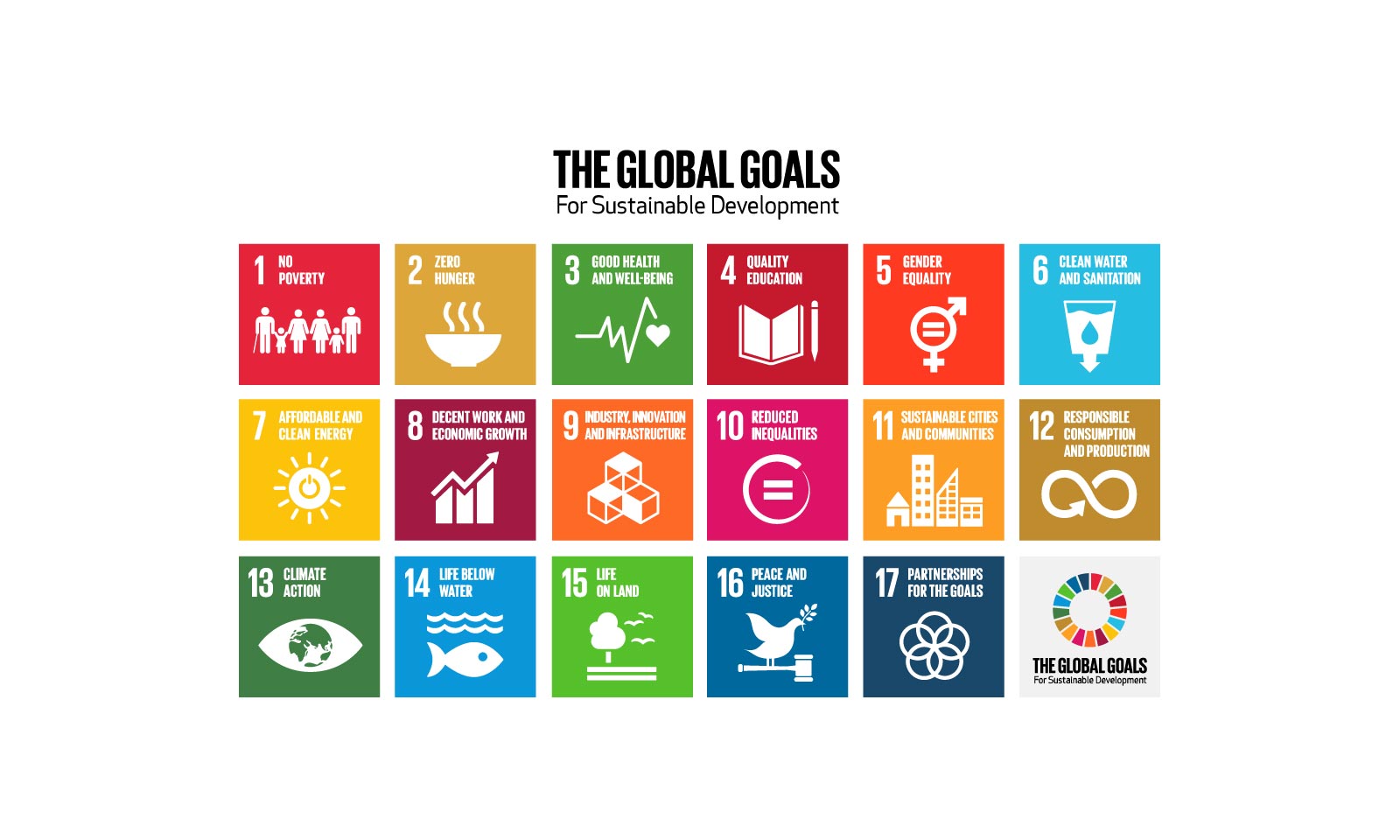
United Nations Sustainable Development Goals - SDGs
The United Nations Sustainable Development Goals are part of a global plan to promote sustainable peace and prosperity and protect our planet. With the 2030 Agenda, they have not only gained political prominence but have also become more present in society.
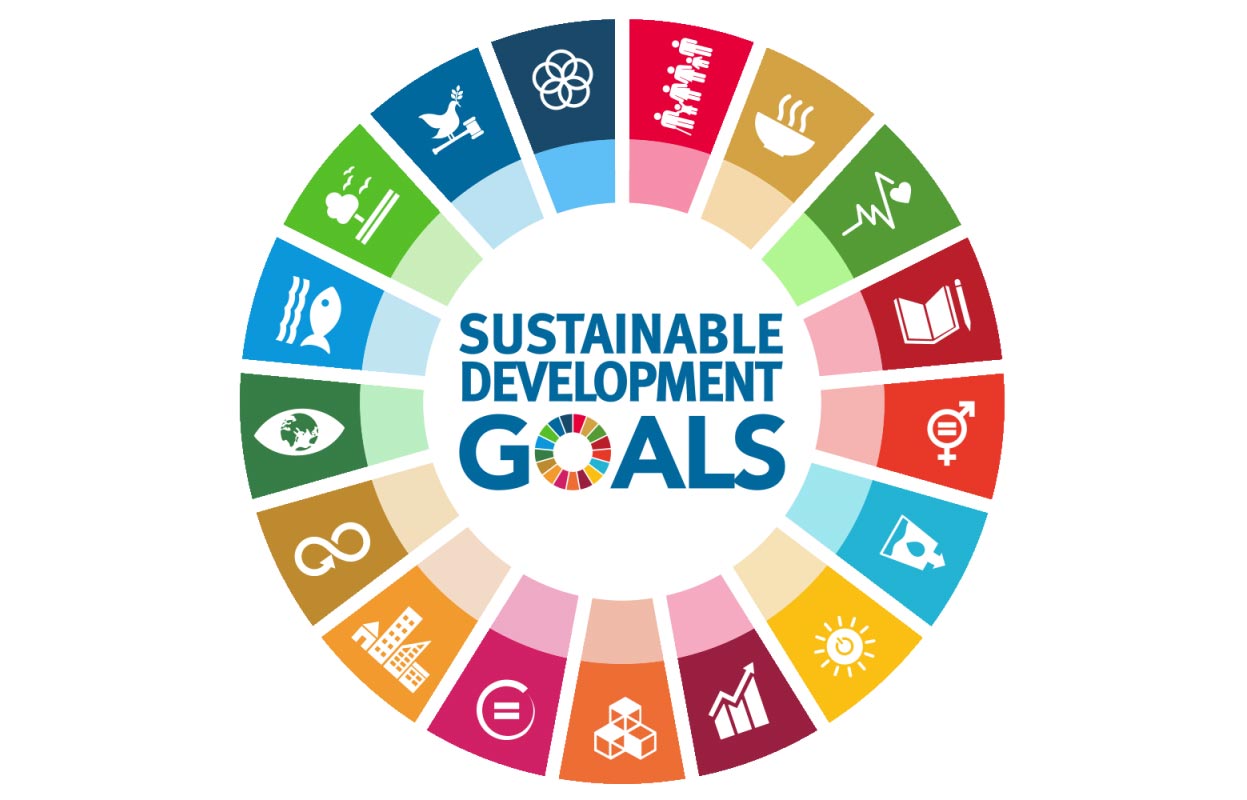
Our contribution to SDG goals
By disseminating art and supporting artists, we aim to contribute to the following UN Sustainable Development Goals (SDGs) and their indicators :
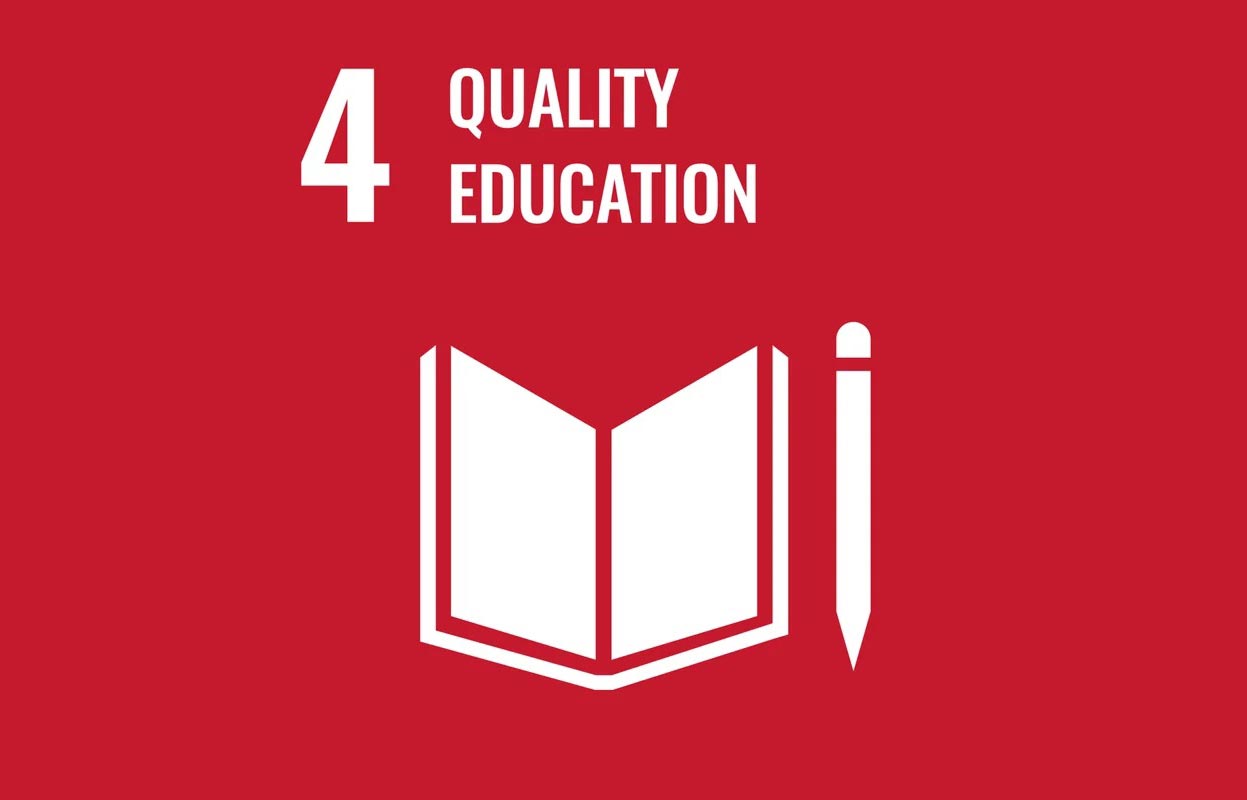
🎯 SDG 4: High-quality
Education
Arts funding supports lifelong learning, cultural education and creative skills – especially through
Art classes, cultural programs in schools and non-formal education opportunities.
- Goal
4.7 : By 2030, ensure that learners acquire knowledge and skills to promote sustainable development.
- indicator
4.7.1 : Degree of implementation of education for sustainable development and global learning in national education policies, curricula and teacher training.
👉 Art as part of a holistic education strengthens creative thinking, intercultural competences and critical reflection – all key qualifications for sustainable
Act.
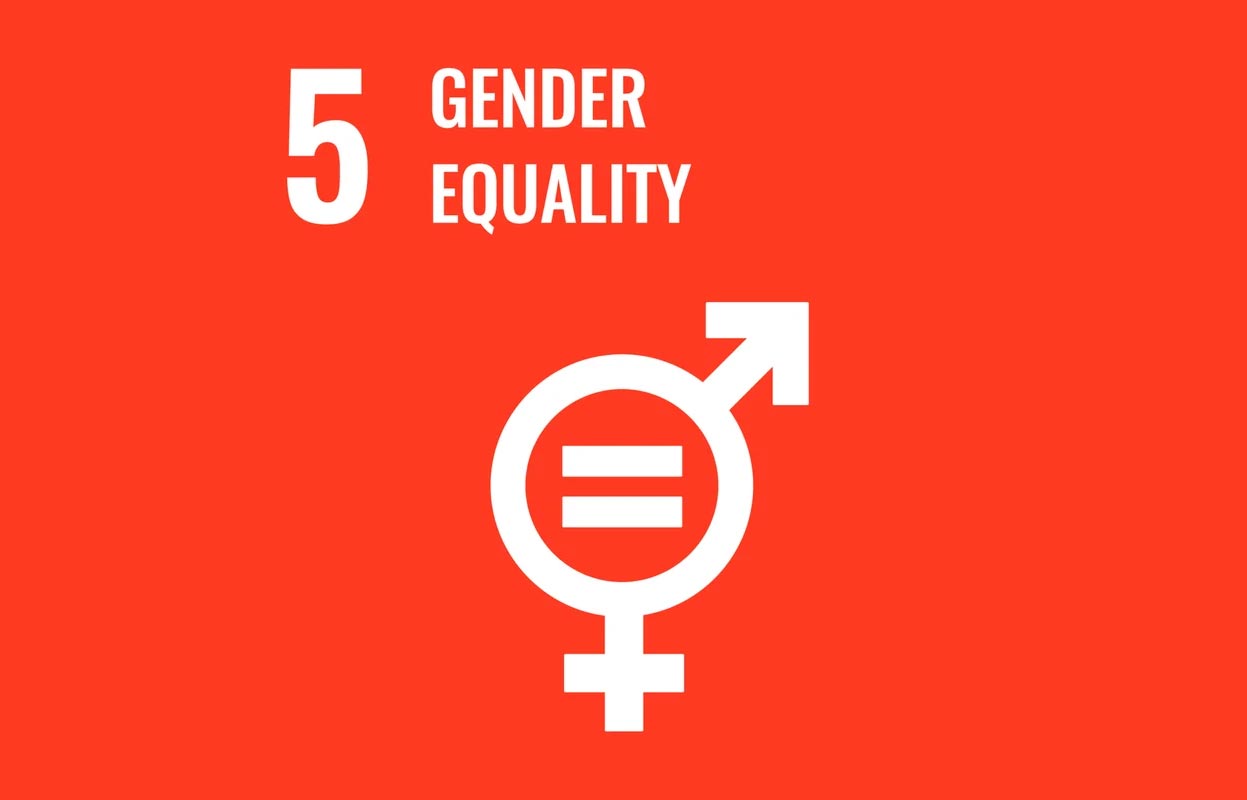
🎯 SDG 5:
Gender equality
Cultural support programs can specifically target disadvantaged
Strengthen groups (e.g. female artists, queer or migrant artists) and give them public visibility.
- indicator
5.c.1 : Availability of systems to track public funds for promoting equality.
👉 Art can
contribute to challenging gender stereotypes and creating spaces for equality – also through targeted funding policies.
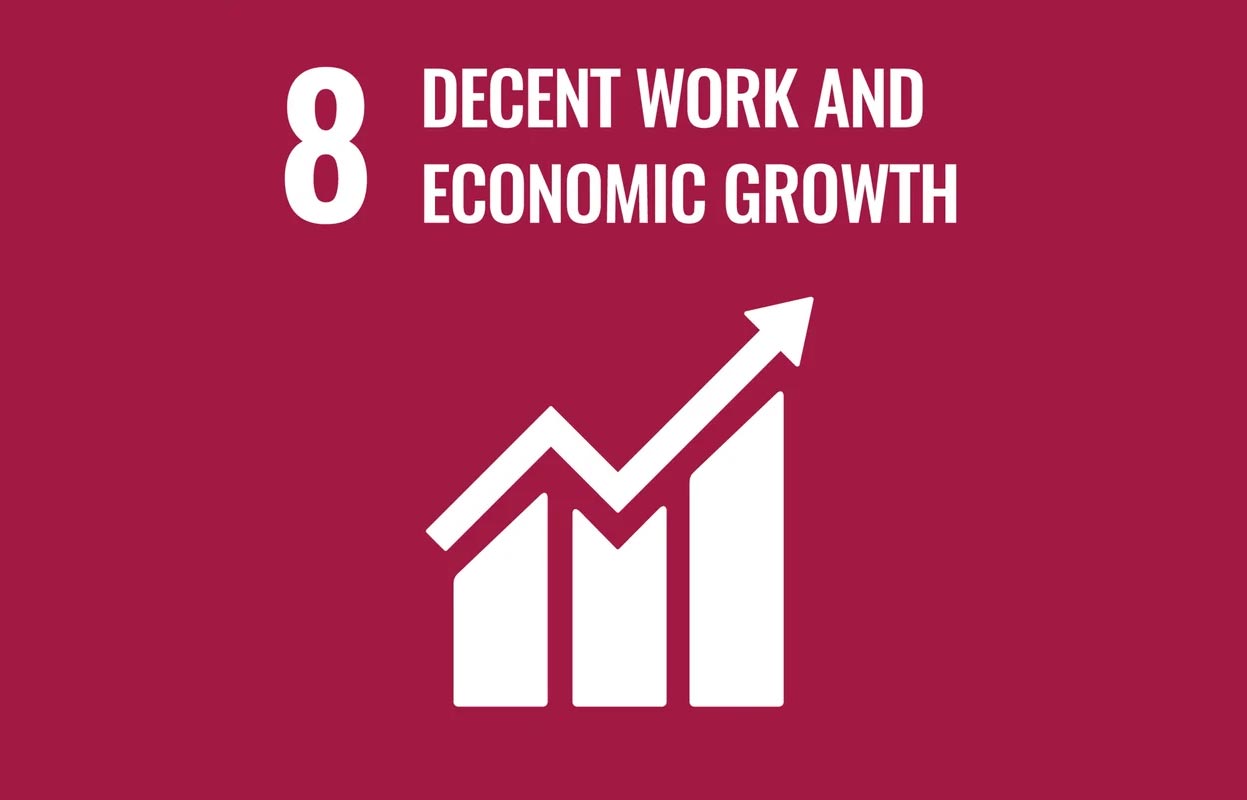
🎯 SDG 8: Decent
Work and economic growth
Artists often have precarious employment. Their support strengthens the cultural and creative sector , which is a significant economic sector.
- Goal
8.3 : Promoting productive full employment, creative industries
and entrepreneurship.
- indicator
8.3.1 : Share of informal employment in total employment.
👉 Public support (e.g. grants, studios, commissions) can provide artists with fair working conditions and strengthen the economic resilience of the sector.

🎯 SDG 10: Less
Inequalities
Art has the potential to amplify marginalized voices and promote social participation, for example, of people with a migration background or disabilities.
- indicator
10.2.1 : Proportion of people below 50% of the median income.
👉 Cultural participation can strengthen social inclusion – for example through low-threshold offers, promoting diversity in the cultural sector or participatory projects.



